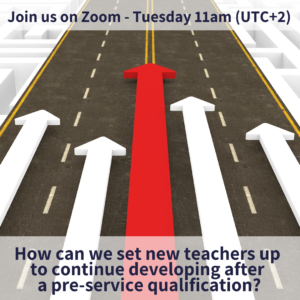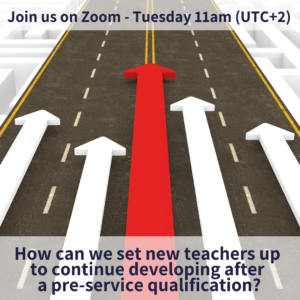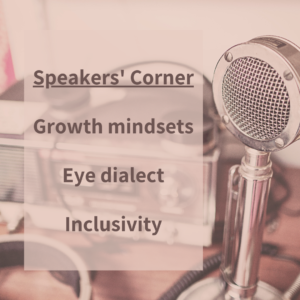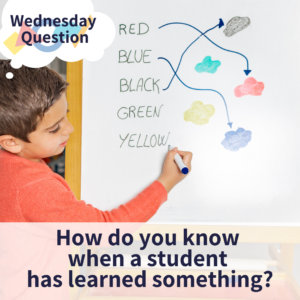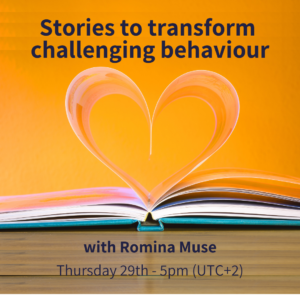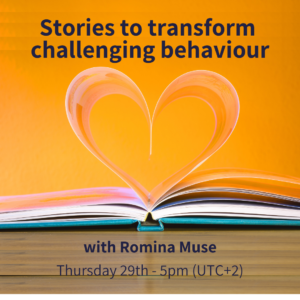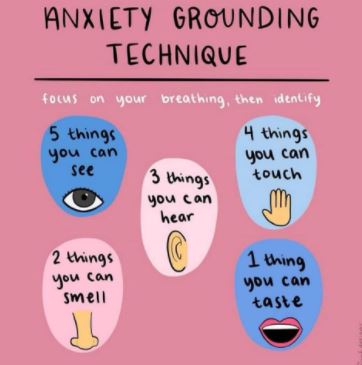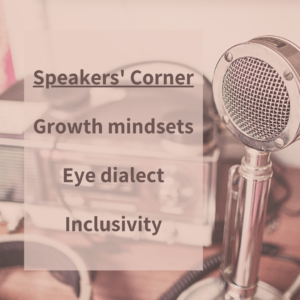Another week of engaging chat in the Hub, with our monthly Trainer Talking Time event on Tuesday looking at how we can set new teachers up to continue developing after an initial qualification. Then on Thursday we met up for a fortnightly coffee break – notes will be coming soon on what we chatted about in each session.
Following on from a topic which came up in our last coffee break, the Wednesday Question this week looked at mono- and multilingual classes. There have been some interesting comments so far, such as how people enjoy being able to use the learners’ L1 effectively more in a monolingual class as well as some wonderful stories of cross-cultural learning in multilingual classes.
Coming up next week, we have a Focused Foum on Tuesday; as always, there’s currently a poll in the Facebook group to see what the topic will be. And on Thursday, we’ll be joined by Claire Thom, teacher and author of Ever Forward, to talk about using poetry in the classroom.
